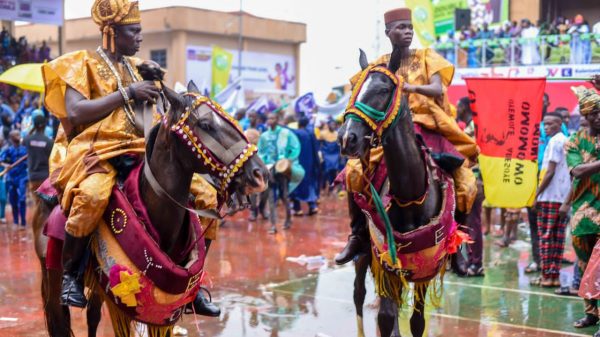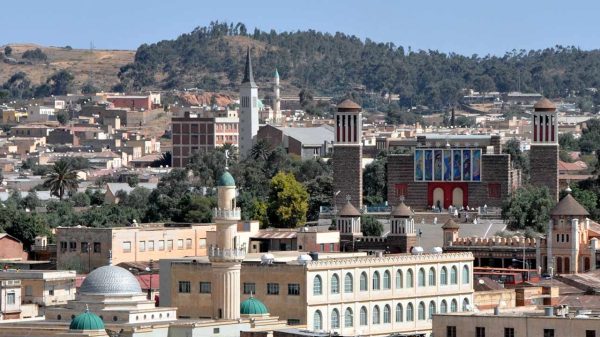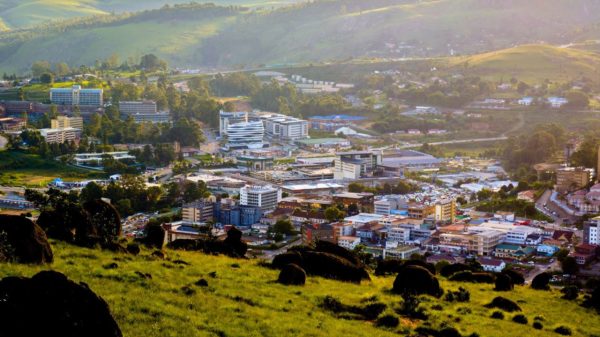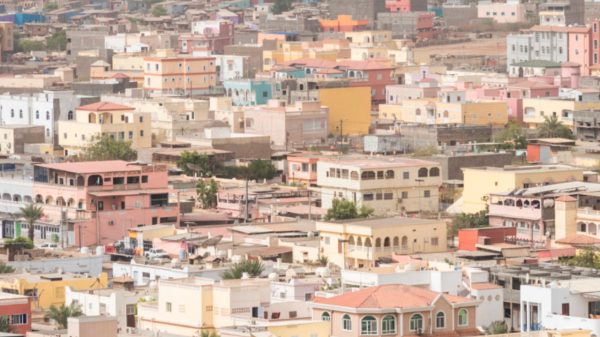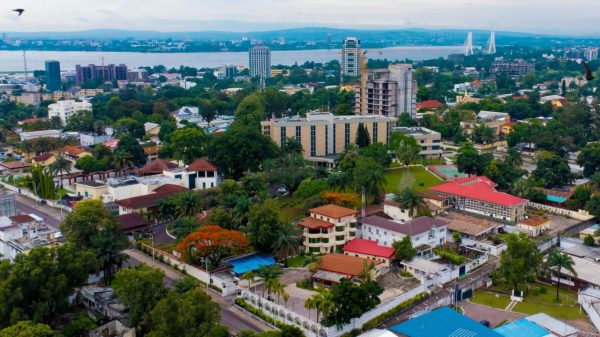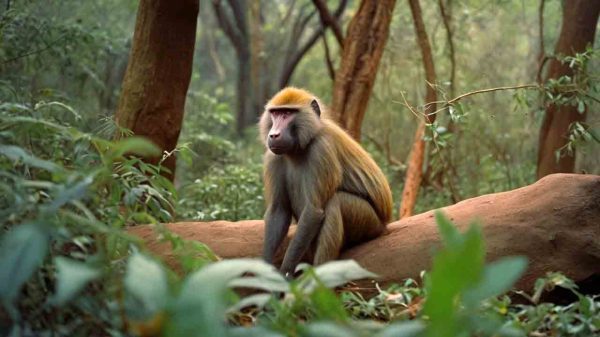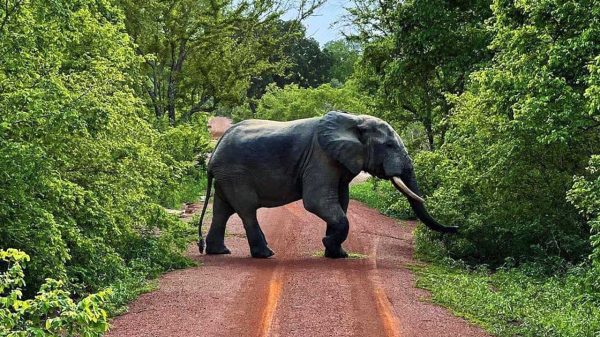Kakum National Park isn’t just any forest—it’s one of the most breathtaking tourist sites in Ghana, where you can walk among the treetops, see rare animals, and experience the beauty of nature up close. If you’ve never been, you’re seriously missing out! Here are 10 reasons why this park should be at the top of your travel list.
1. The Canopy Walkway: Walk Among the Treetops!
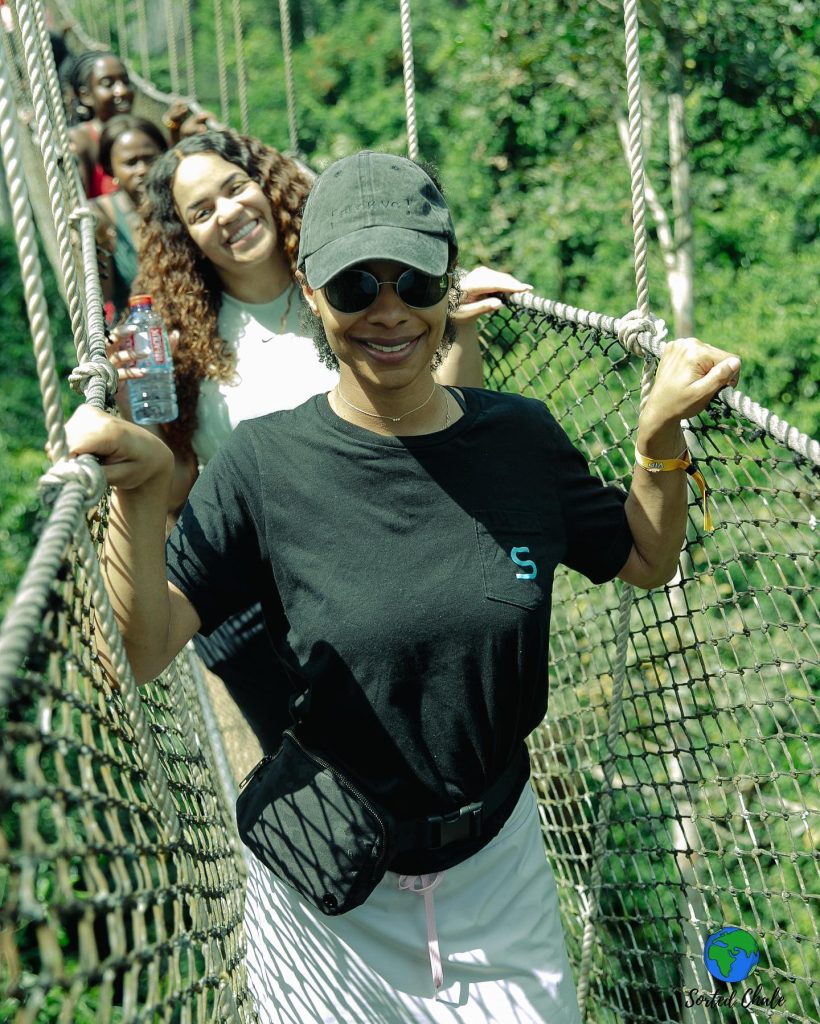
Imagine walking 40 feet above the forest floor on a swaying bridge, surrounded by nothing but green leaves and birds flying past. Sounds thrilling, right? Kakum National Park has a 330-meter-long canopy walkway made up of seven suspension bridges that give you an eagle’s-eye view of the rainforest. If you love adventure, this is a must-try experience!
2. See Unique Wildlife You Won’t Find Elsewhere
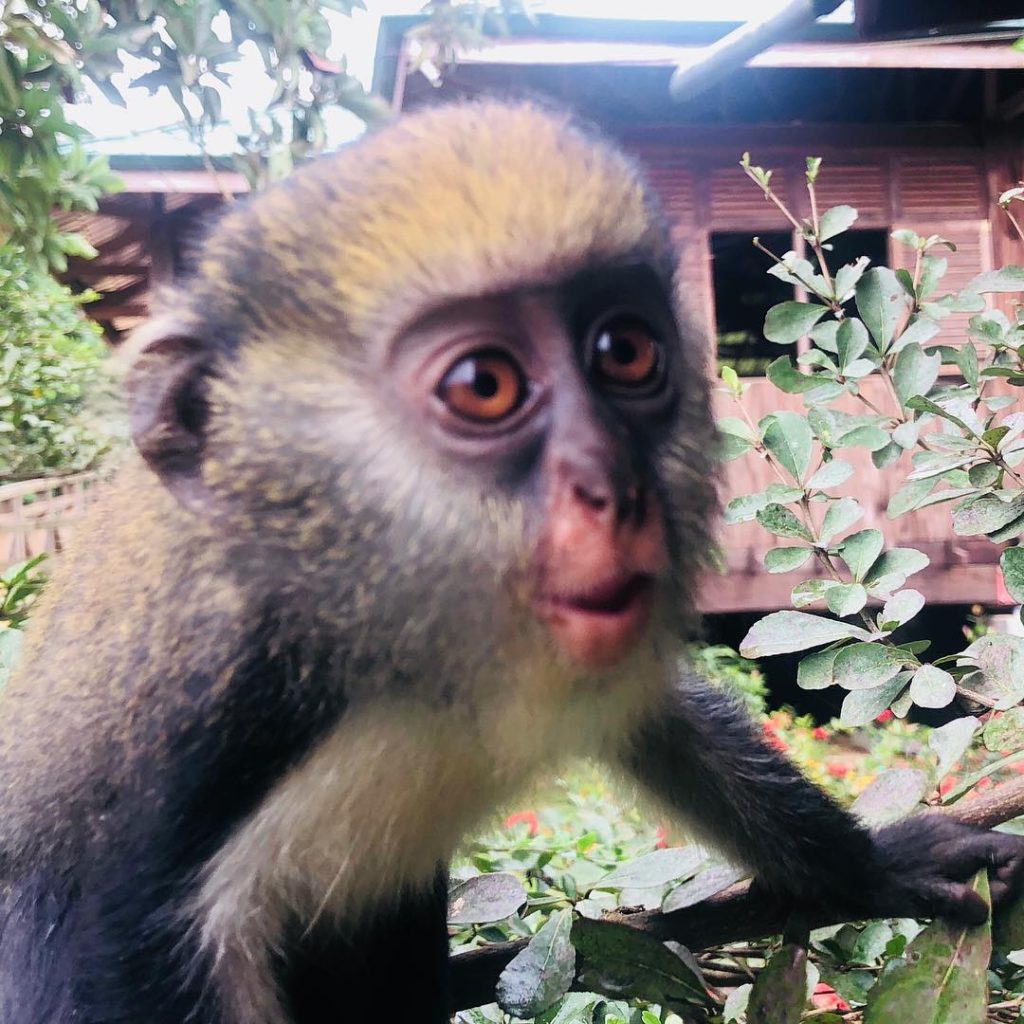
Kakum is home to some of the most fascinating creatures in the world! You might not spot them all (since many are masters of camouflage), but keep an eye out for forest elephants, leopards, bushbucks, and bongos. If you’re a bird lover, bring binoculars because there are over 300 bird species in the park!
3. Perfect for Nature and Bird Lovers
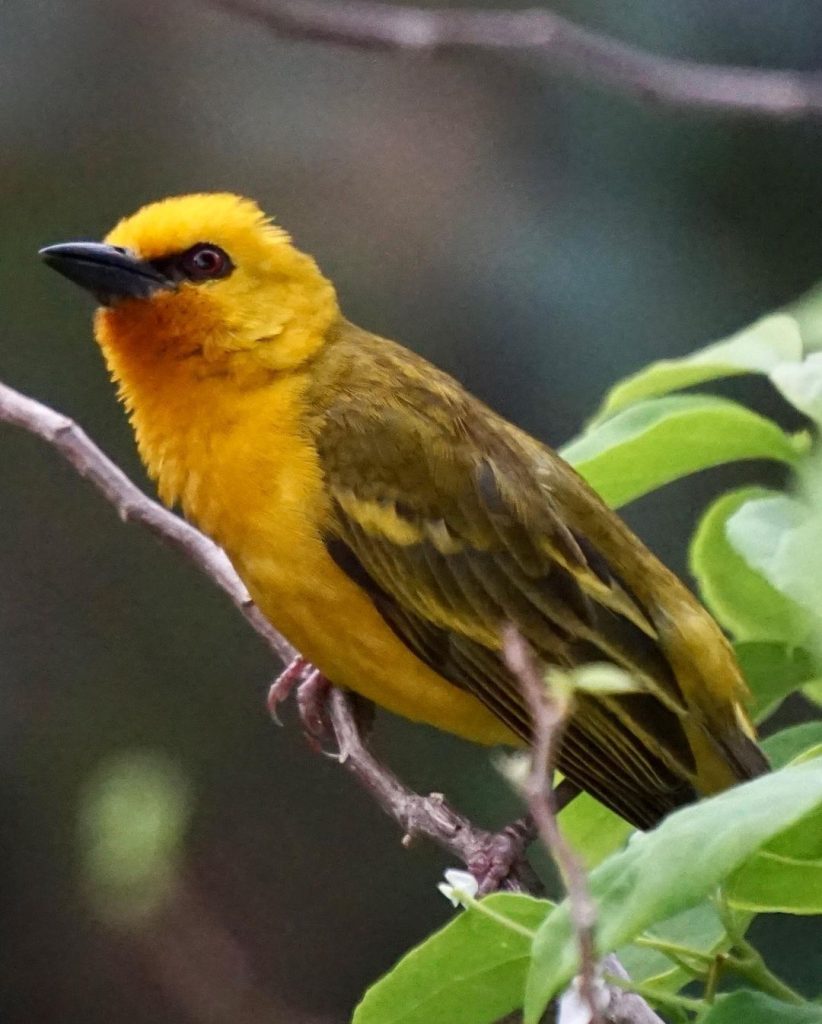
Ever heard of the white-breasted guinea fowl? Or the yellow-casqued hornbill? Kakum is a paradise for bird watchers. Whether you’re an expert or just someone who likes to hear birds chirping in the morning, this place will leave you amazed.
4. Experience the Magic of a Night Walk
Most people visit Kakum during the day, but have you ever wondered what happens in a rainforest at night? Take a guided night walk, and you’ll hear the forest come alive with the sounds of nocturnal animals. You might even spot some glowing insects lighting up the dark paths!
5. Learn About Medicinal Plants
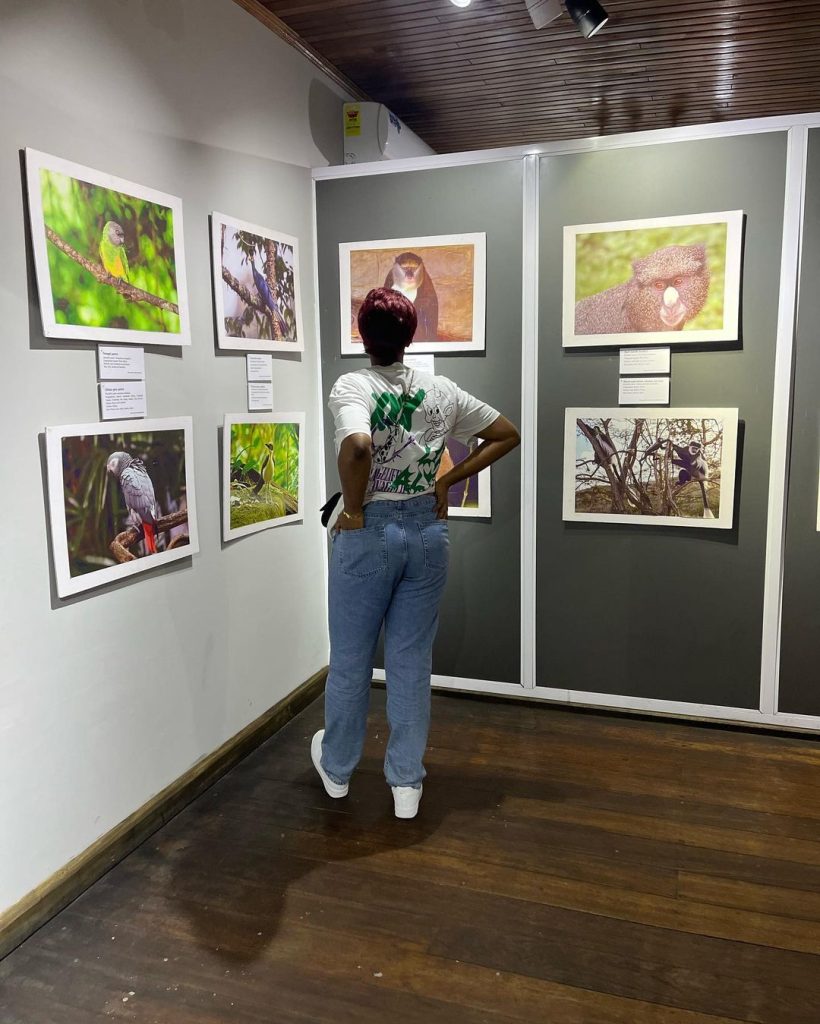
Did you know that many of the plants in Kakum’s rainforest have been used for medicine for centuries? Local guides will show you trees and leaves that can be used to treat everything from headaches to stomachaches. It’s like walking through nature’s own pharmacy!
6. Great for Families and Kids
Kakum isn’t just for thrill-seekers—it’s also super family-friendly. There’s a mini canopy walkway for kids, along with a playground where they can have fun while learning about nature. If you’re looking for an exciting and educational day out with the family, this is the place to go.
7. Cultural Performances and Music
Who doesn’t love a good drum beat? At Kakum, you can experience evening drumming and dancing by local cultural groups. There’s even an orchestra that plays music using bamboo wind instruments—now that’s something you don’t see every day!
8. A Refreshing Escape from City Life

Need a break from busy streets and honking cars? Kakum is the perfect getaway. The air is fresh, the scenery is breathtaking, and there’s something peaceful about being surrounded by nature. It’s a great place to clear your mind and recharge.
9. Tasty Local Food to Try
Exploring the rainforest can make you hungry! Luckily, Kakum has cafes serving local Ghanaian foods like Jollof rice, fufu with goat light soup, and fresh coconuts. There’s also the refreshing purple drink called sobolo, made from hibiscus leaves—definitely worth a try!
10. Stay Overnight in a Treehouse!

Ever wanted to sleep in a treehouse like Tarzan? At Kakum, you actually can! The park offers treehouse accommodation, complete with mattresses, mosquito nets, and a breathtaking view of the forest. It’s an unforgettable experience, especially if you love adventure and wildlife watching.
Tips for Your Visit
- Wear comfortable shoes—there’s a short hike before you reach the canopy walkway.
- Bring a raincoat—this is a rainforest, and sudden showers are common.
- Carry a small backpack for your essentials (like a camera and water bottle).
- If you get nervous on the canopy walkway, remember—there’s a shortcut to exit early if needed!
How to Get There
Kakum National Park is about a 4-hour drive from Accra. You can either drive yourself, take public transport and connect from Cape Coast, or skip the hassle by booking with trusted tour operators in Ghana like Sorted Chale, who can handle everything for you.
Kakum National Park is more than just a tourist attraction—it’s a place where adventure, culture, and nature come together in the most spectacular way. Whether you want to walk among the treetops, listen to drumming under the stars, or simply escape into the beauty of the rainforest, Kakum has something for everyone. So, what are you waiting for? Pack your bags and experience it for yourself!
Frequently Asked Questions (FAQs):
1. How much does it cost to go to Kakum National Park?
The entrance fee to Kakum National Park varies based on nationality and age. For Ghanaians, the fee is lower compared to international visitors. As of recent updates, the standard fee for adults ranges from GH₵ 20 to GH₵ 60 for locals and $10 to $20 for foreigners. The canopy walk has a separate charge. Prices may change, so it’s best to check with the Ghana Heritage Conservation Trust or the park directly.
2. What is special about Ghana’s Kakum National Park?
Kakum National Park is famous for its canopy walkway, one of the few in Africa, suspended 30 meters above the forest floor. It is also home to diverse wildlife, including rare and endangered species such as the forest elephant, bongo, and Diana monkey. The park’s rich biodiversity and unique rainforest ecosystem make it a top ecotourism destination in Ghana.
3. How long is the Kakum Canopy Walk?
The Kakum Canopy Walk is 330 meters (1,080 feet) long, consisting of seven suspension bridges connected by tree platforms, providing visitors with breathtaking views of the rainforest.
4. What animals are in Kakum National Park?
Kakum National Park is home to a variety of wildlife, including buffalos, pangolins, Forest elephants, Bongo antelopes, Diana monkeys, Colobus monkeys, Giant forest hogs, Dwarf crocodile, North Africa crested porcupine, Civets and various species of duikers (small antelopes)
5. Can you see elephants at Kakum National Park?
While Kakum National Park is home to a small population of forest elephants, they are rarely seen by visitors due to their shy and elusive nature. Most of the wildlife is hidden deep within the forest, but guided nature walks can increase the chances of spotting some animals.
6. Is Kakum Canopy Walk safe?
Yes, the Kakum Canopy Walk is safe. It is constructed with reinforced ropes, strong wooden planks, and steel cables, regularly maintained to ensure safety. However, visitors are advised to follow instructions, hold onto the rails, and avoid excessive movement on the bridges.
7. What is the largest National Park in Ghana?
The largest national park in Ghana is Mole National Park, covering approximately 4,840 square kilometers. It is located in the Savannah Region and is known for its large elephant population and diverse wildlife.
8. Who built the Kakum National Park in Ghana?
Kakum National Park was established in 1992 and is managed by the Ghana Heritage Conservation Trust in collaboration with the Forestry Commission of Ghana. The canopy walkway was designed and built in 1995 by a team of Canadian and Ghanaian conservationists, including Kenneth Akufo Asare, who is often credited for its construction.
9. What kind of birds are in Kakum National Park?
Kakum National Park is a birdwatcher’s paradise, home to over 250 bird species, including African Grey parrots, white-throated, rosy and black bee-eaters, blue-throated roller, Black Dwarf Hornbill, piping hornbill, red-rumped tinkerbird, white-spotted flufftail, Cassin’s spinetail, Sabine’s spinetail, White-breasted Guineafowl, Ayre’s hawk-eagle, Yellow-casqued Hornbill, Ahanta francolin and Blue Cuckooshrike.
Subscribe to our Newsletter
Stay updated with the latest trends in African Pop Culture!



